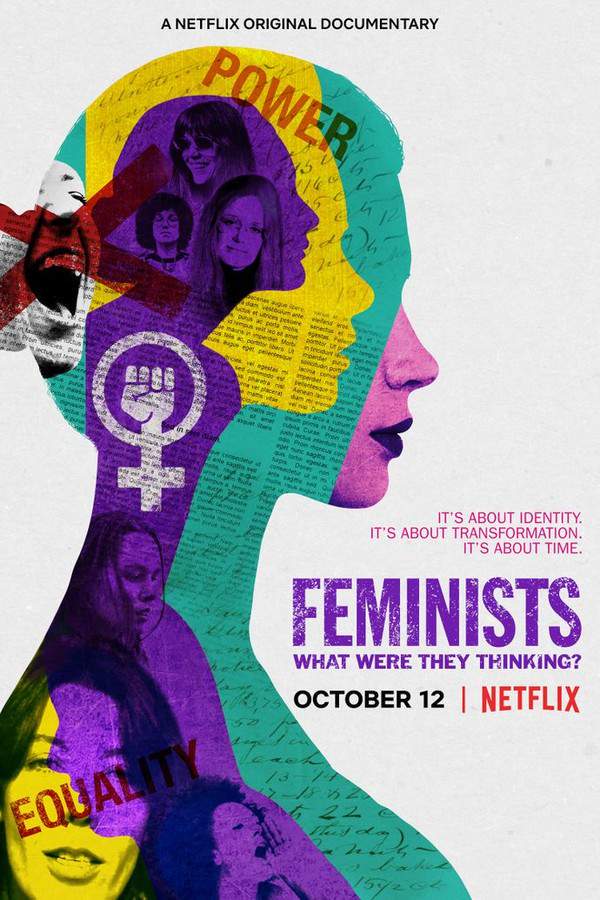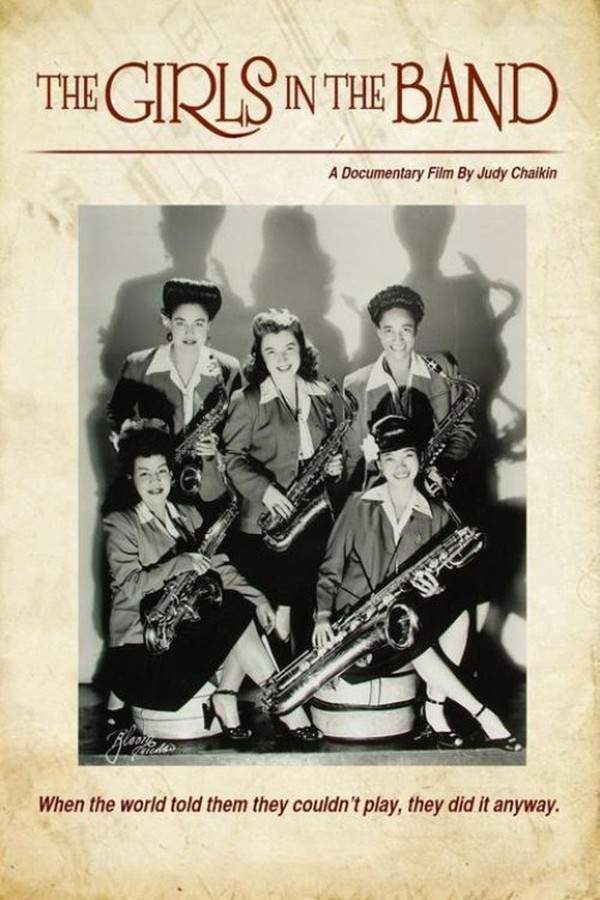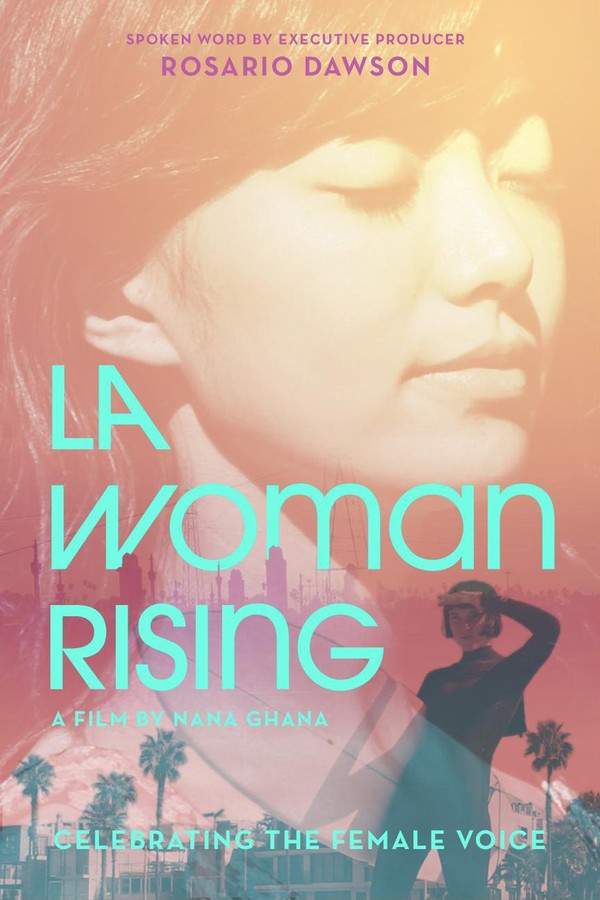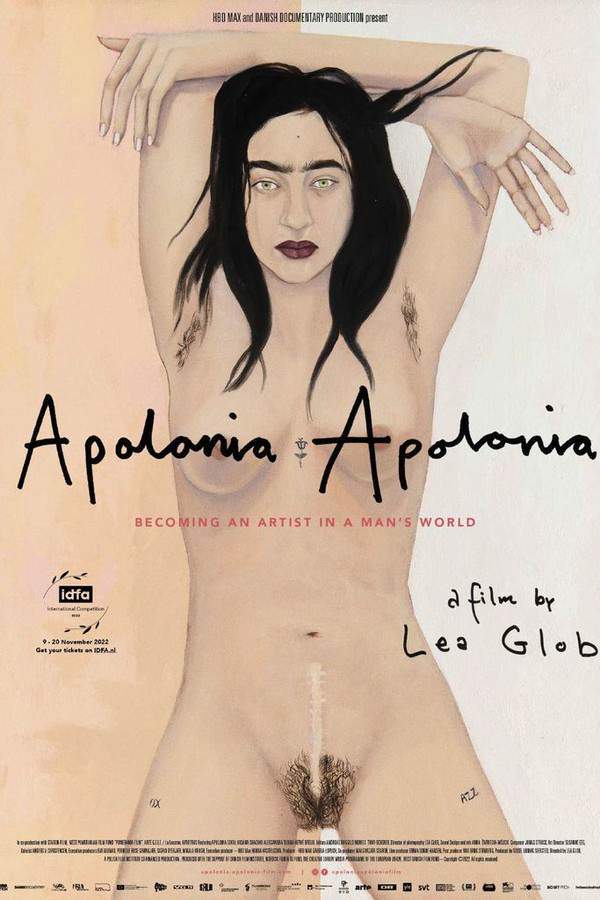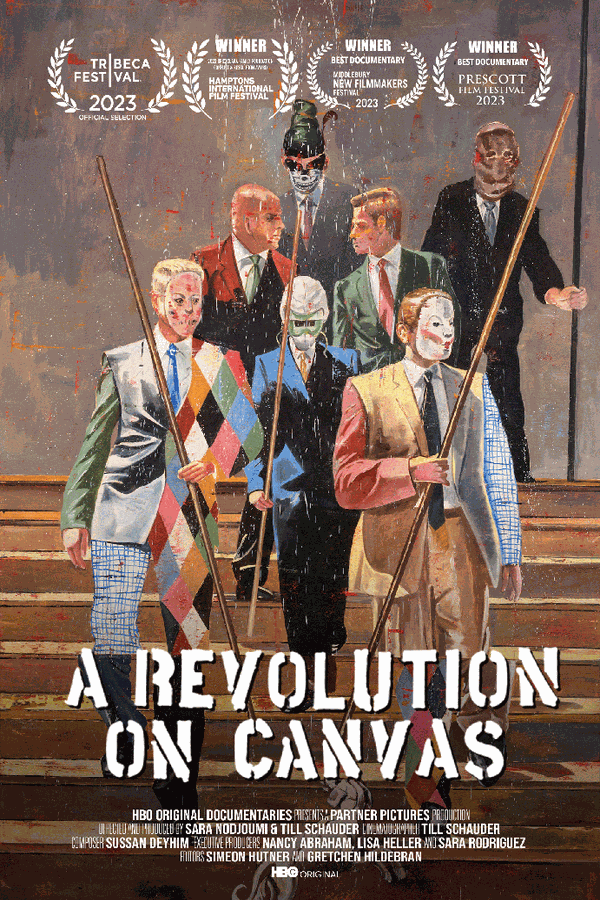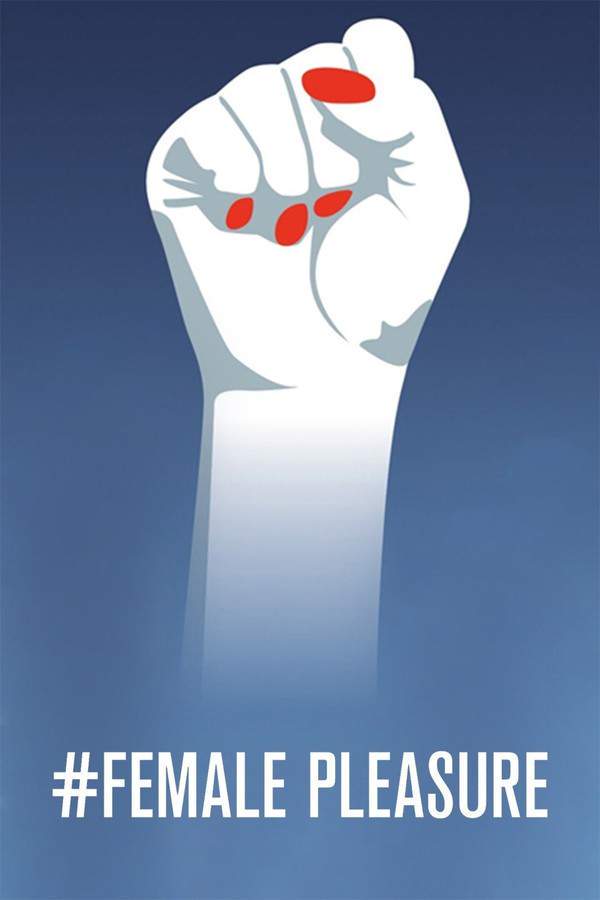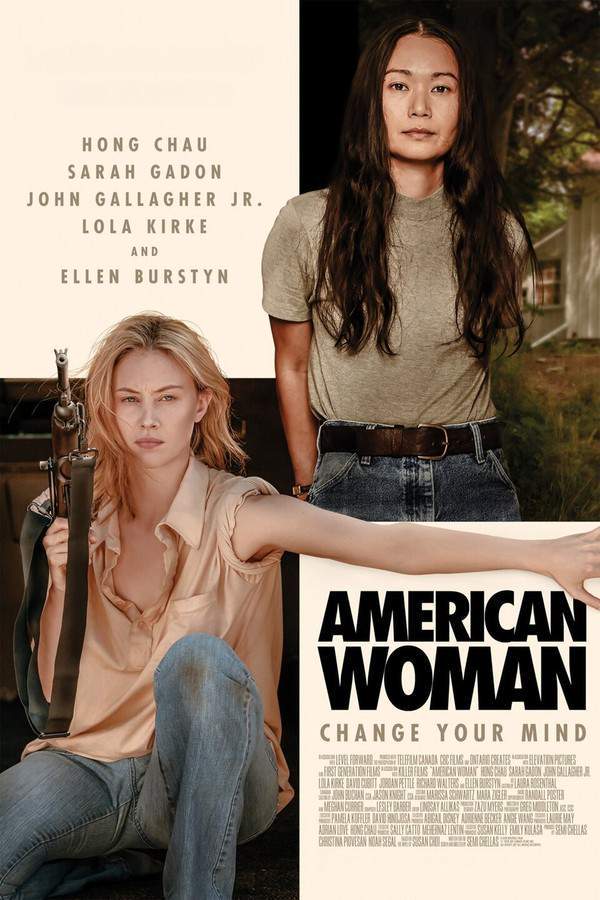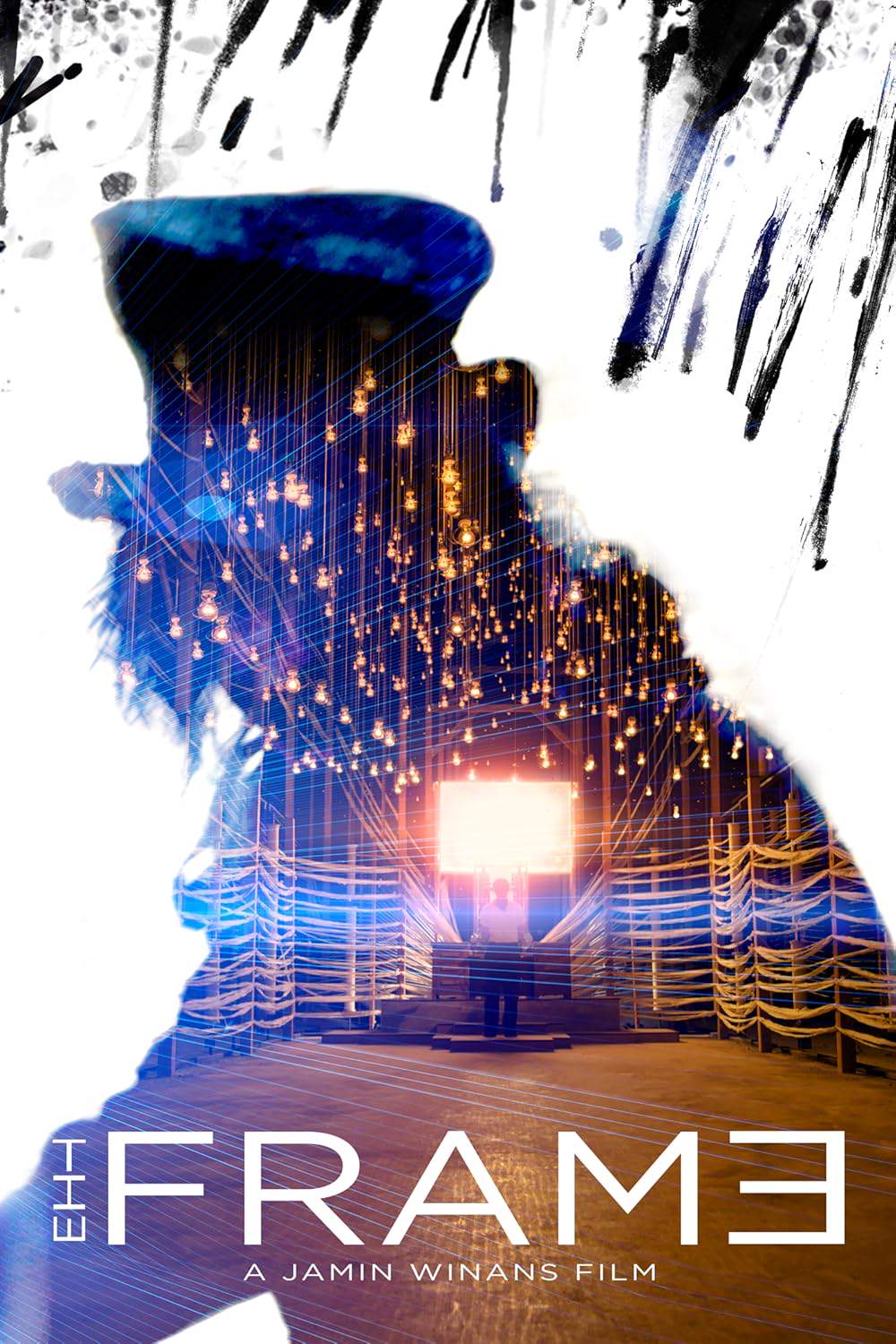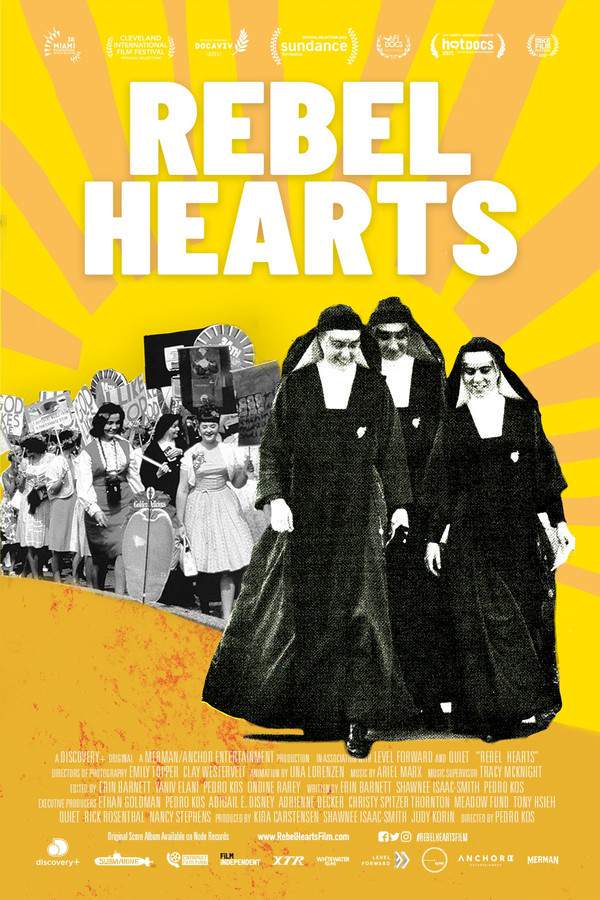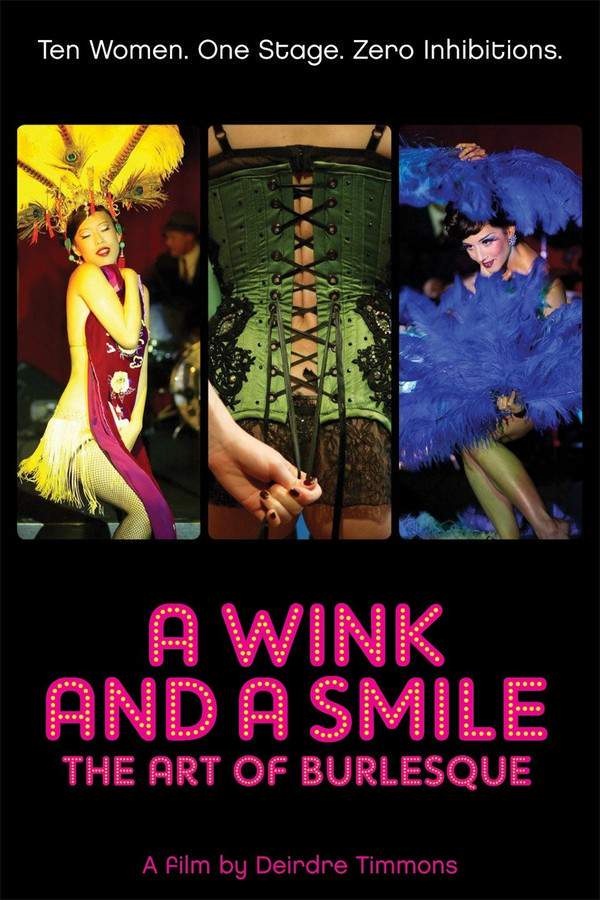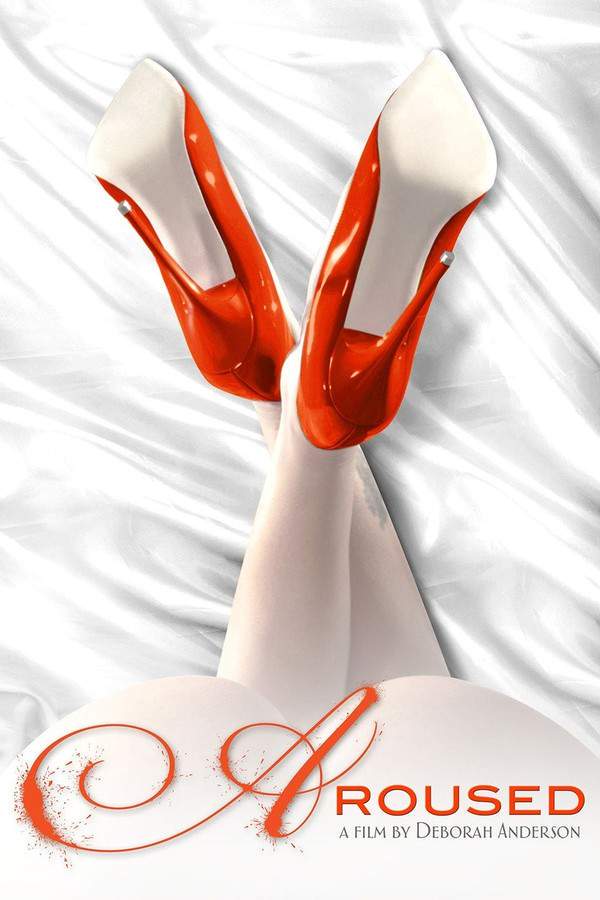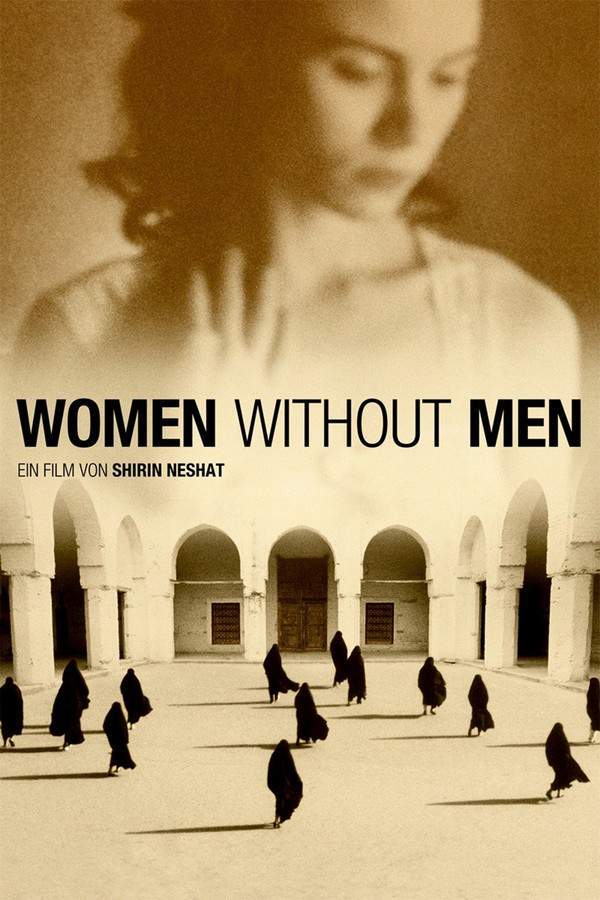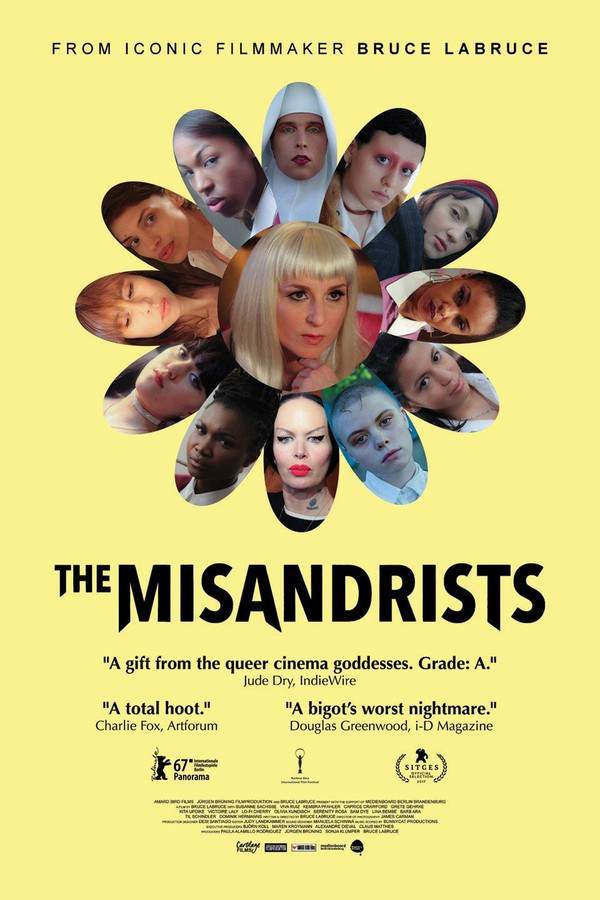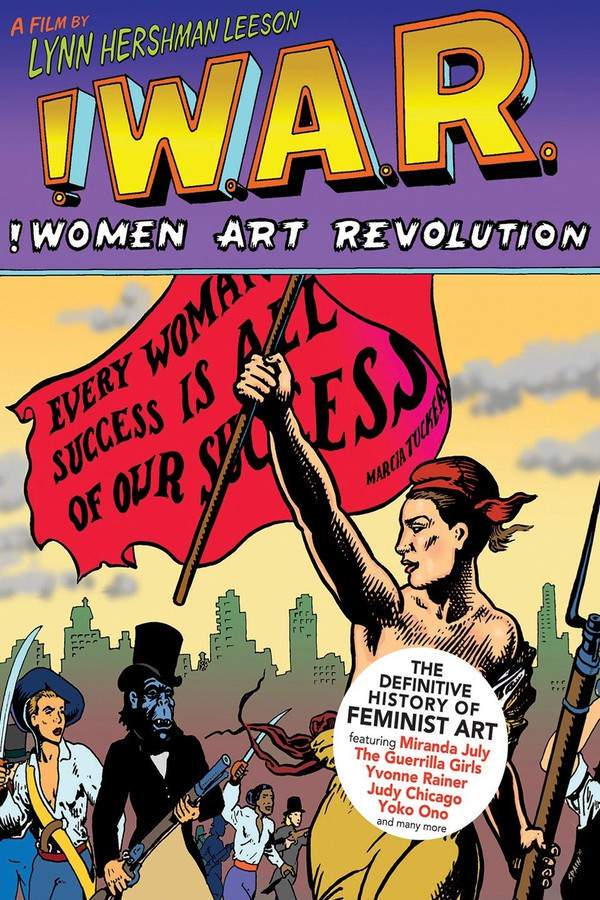
!Women Art Revolution
Year: 2011
Runtime: 83 min
Language: English
Director: Lynn Hershman-Leeson
During the 1960s, a vibrant feminist art movement arose alongside anti-war and civil rights activism. This film chronicles how historical events inspired bold actions against established cultural institutions, as women artists confronted the existing artistic landscape. It examines key developments in women’s art during the 1970s, including innovative educational programs, impactful political activism, alternative exhibition spaces, and groundbreaking shows that fundamentally changed the art world.
Warning: spoilers below!
Haven’t seen !Women Art Revolution yet? This summary contains major spoilers. Bookmark the page, watch the movie, and come back for the full breakdown. If you're ready, scroll on and relive the story!
Timeline – !Women Art Revolution (2011)
Trace every key event in !Women Art Revolution (2011) with our detailed, chronological timeline. Perfect for unpacking nonlinear stories, spotting hidden connections, and understanding how each scene builds toward the film’s climax. Whether you're revisiting or decoding for the first time, this timeline gives you the full picture.
Last Updated: May 12, 2025 at 07:04
Unlock the Full Story of !Women Art Revolution
Don't stop at just watching — explore !Women Art Revolution in full detail. From the complete plot summary and scene-by-scene timeline to character breakdowns, thematic analysis, and a deep dive into the ending — every page helps you truly understand what !Women Art Revolution is all about. Plus, discover what's next after the movie.
!Women Art Revolution Summary
Read a complete plot summary of !Women Art Revolution, including all key story points, character arcs, and turning points. This in-depth recap is ideal for understanding the narrative structure or reviewing what happened in the movie.
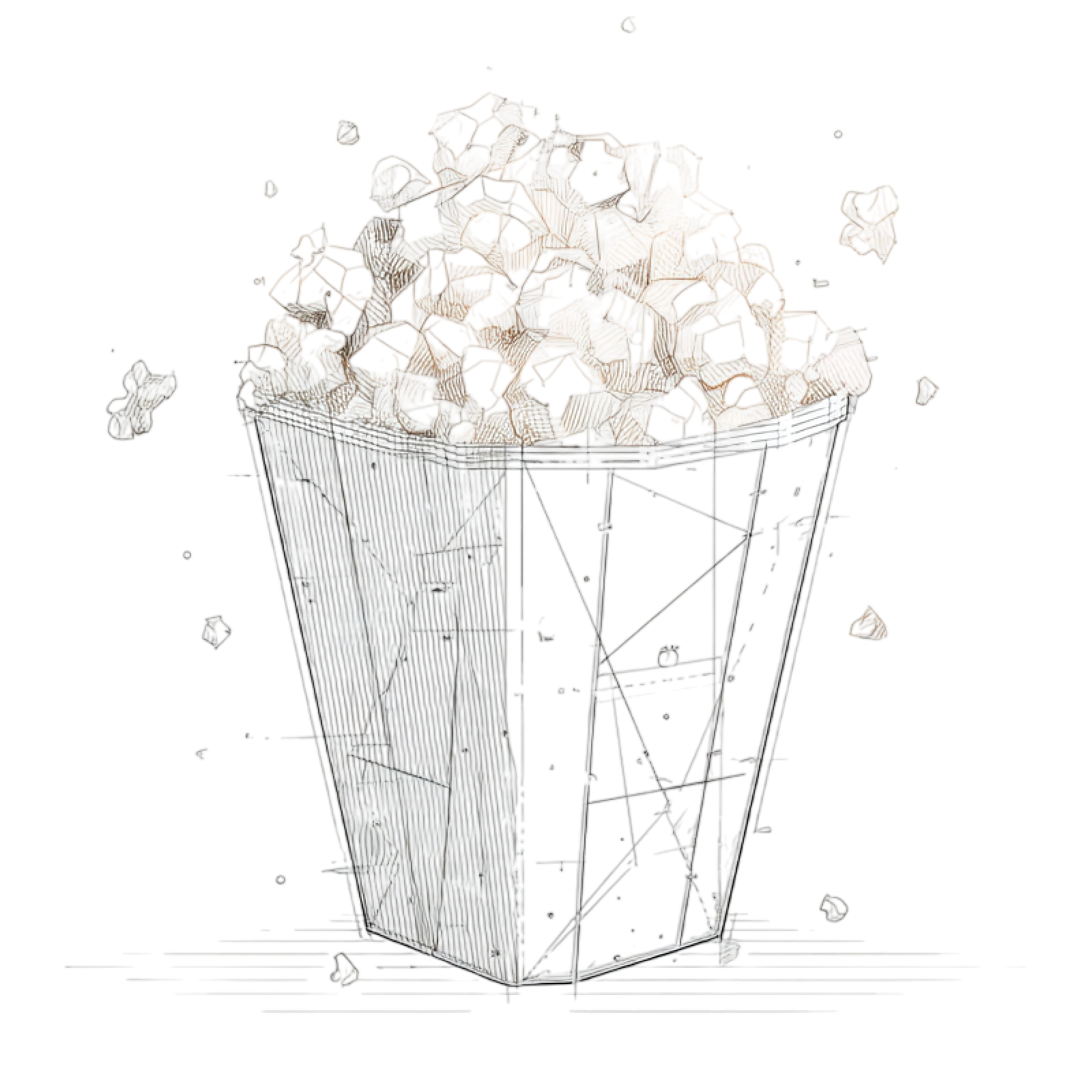
Characters, Settings & Themes in !Women Art Revolution
Discover the characters, locations, and core themes that shape !Women Art Revolution. Get insights into symbolic elements, setting significance, and deeper narrative meaning — ideal for thematic analysis and movie breakdowns.

Similar Movies to !Women Art Revolution
Discover movies like !Women Art Revolution that share similar genres, themes, and storytelling elements. Whether you’re drawn to the atmosphere, character arcs, or plot structure, these curated recommendations will help you explore more films you’ll love.
Explore More About Movie !Women Art Revolution
!Women Art Revolution (2011) Plot Summary & Movie Recap
!Women Art Revolution (2011) Scene-by-Scene Movie Timeline
!Women Art Revolution (2011) Spoiler-Free Summary & Key Flow
Movies Like !Women Art Revolution – Similar Titles You’ll Enjoy
Feminists: What Were They Thinking? (2018) Movie Recap & Themes
The Girls in the Band (2013) Story Summary & Characters
The Heretics (2009) Spoiler-Packed Plot Recap
LA Woman Rising (2019) Ending Explained & Film Insights
Apolonia, Apolonia (2024) Full Movie Breakdown
A Revolution on Canvas (2023) Full Movie Breakdown
#Female Pleasure (2019) Full Movie Breakdown
American Woman (2019) Spoiler-Packed Plot Recap
Lipstick & Dynamite, Piss & Vinegar: The First Ladies of Wrestling (2005) Film Overview & Timeline
Breaking the Frame (2014) Ending Explained & Film Insights
Rebel Hearts (2021) Movie Recap & Themes
A Wink and a Smile (2009) Story Summary & Characters
Aroused (2013) Ending Explained & Film Insights
Women Without Men (2010) Ending Explained & Film Insights
The Misandrists (2018) Spoiler-Packed Plot Recap


